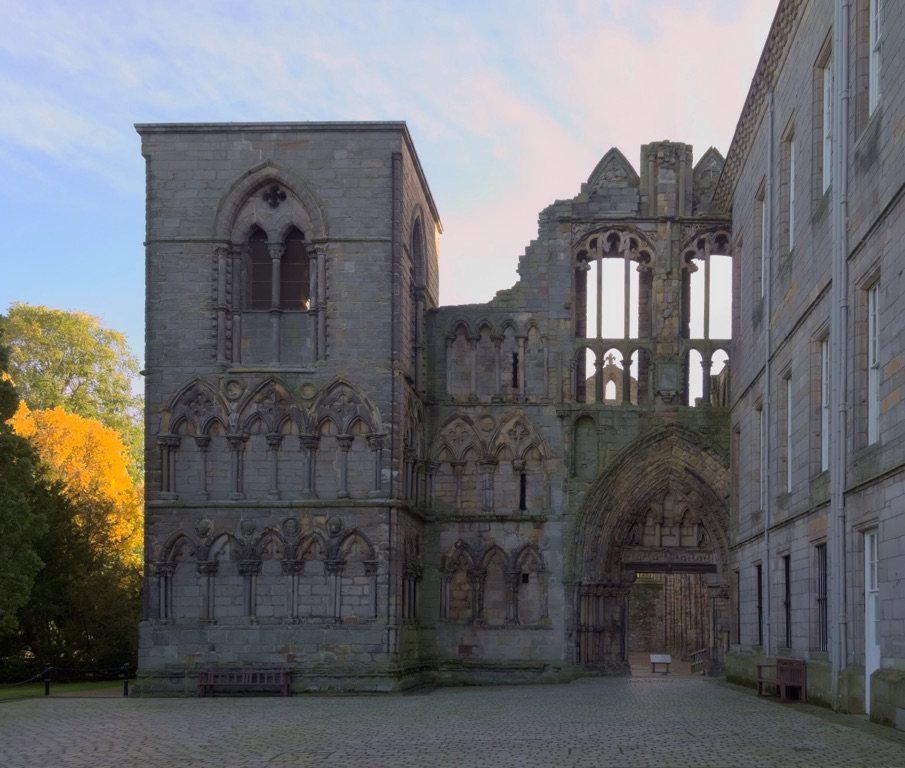Holyrood Abbey, nestled in the heart of Edinburgh, Scotland, stands as a testament to the country’s rich medieval history. Founded in 1128 by King David I of Scotland, the abbey was originally established as a monastery for Augustinian canons. Over the centuries, it has witnessed significant historical events and has been a focal point for royal ceremonies and governance. Despite its partial ruinous state today, Holyrood Abbey remains an iconic symbol of Scotland’s ecclesiastical heritage and its intertwined relationship with the monarchy.
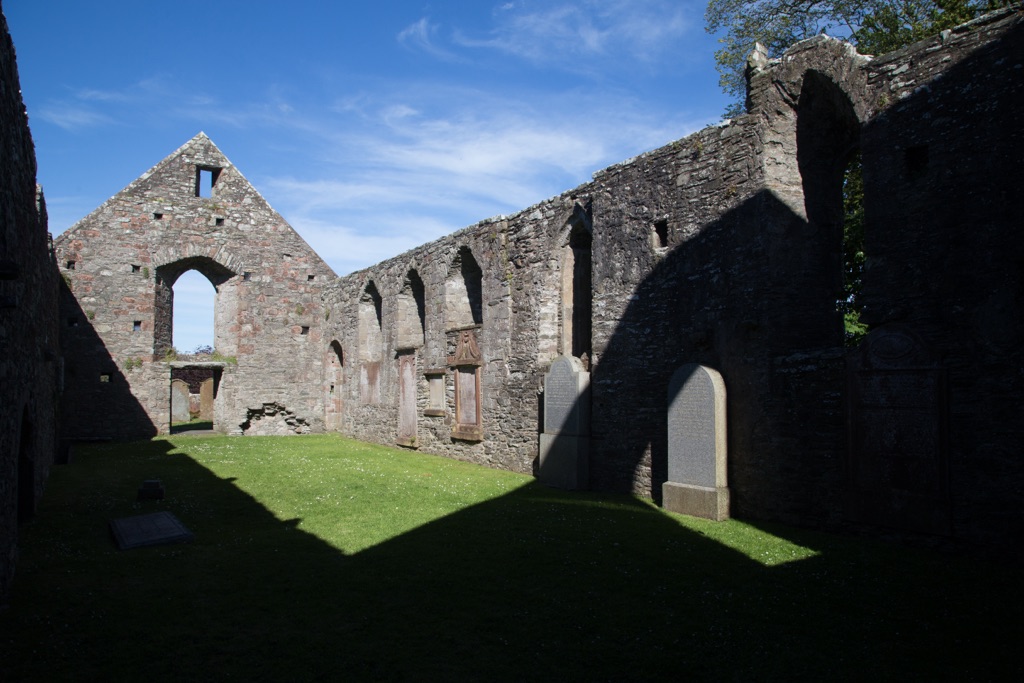
Whithorn Priory
Whithorn Priory, nestled in the quaint town of Whithorn in Dumfries and Galloway, Scotland, stands as a testament to the country’s rich ecclesiastical history. This former medieval cathedral and priory is renowned for being one of the earliest Christian settlements in Scotland. It is closely associated with Saint Ninian, who is believed to have founded the first church at the site. Over the centuries, Whithorn Priory has been a significant pilgrimage destination, drawing visitors who seek spiritual solace and historical enlightenment.
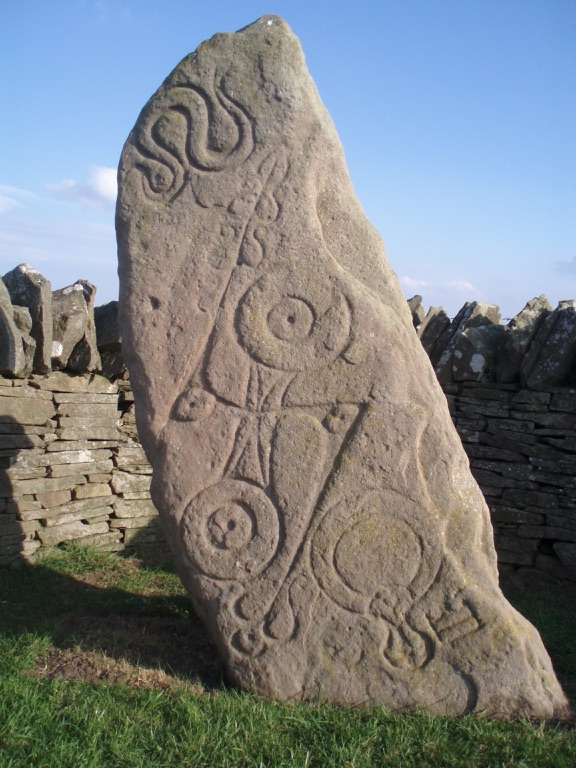
Aberlemno Sculptured Stones
The Aberlemno Sculptured Stones are a group of remarkable Pictish standing stones. Located in Aberlemno, Scotland, these stones are famed for their intricate carvings. They date back to the early medieval period and are significant for their historical and artistic value. The stones feature symbols, animals, and scenes of battle, providing insight into the Pictish culture. They are among Scotland’s most treasured historical artifacts and continue to intrigue scholars and visitors alike.
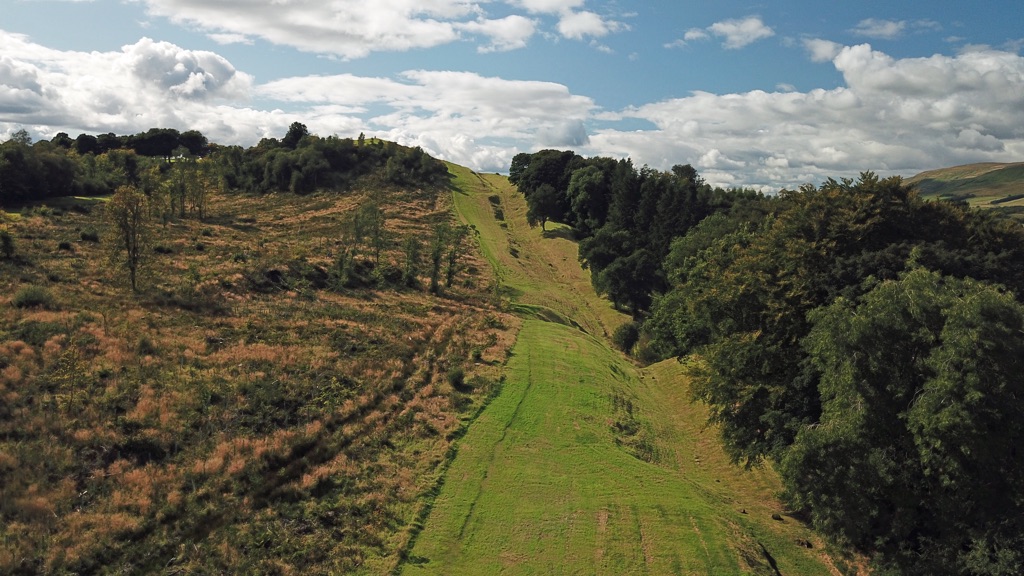
The Antonine Wall
The Antonine Wall, once a formidable frontier constructed by the Romans, marked the northernmost reach of their empire in Britain. Built on the orders of Emperor Antoninus Pius in the 2nd century AD, it spanned approximately 63 kilometers across the width of modern-day Scotland. The wall served as a physical and symbolic barrier, delineating Roman territory from that of the unconquered Caledonian tribes. Despite its impressive scale, the Antonine Wall was occupied for only about two decades before the Romans retreated to the more established Hadrian’s Wall to the south. Today, it stands as a testament to the Roman Empire’s vast reach and its enduring impact on British history.
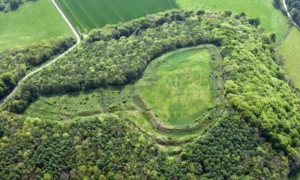
Llanmelin Wood Hillfort
Llanmelin Wood Hillfort is a prehistoric site located near Caerwent in Monmouthshire, Wales. It is an Iron Age hillfort, characterized by its earthworks and defensive structures. The site offers a glimpse into the lives of ancient communities, their social structures, and their defensive strategies. Llanmelin Wood Hillfort is significant for its size, complexity, and the insight it provides into Iron Age Britain.
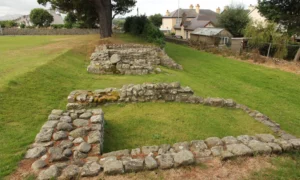
Segontium Roman Fort
Segontium Roman Fort, located in Caernarfon, North Wales, is a historical site of significant archaeological importance. Established by the Romans in AD 77 or 78, it served as a military outpost until the late 4th century. The fort played a crucial role in the Roman conquest and control of Wales, and its remains provide valuable insights into the Roman military and their way of life in this remote province of the Roman Empire.

